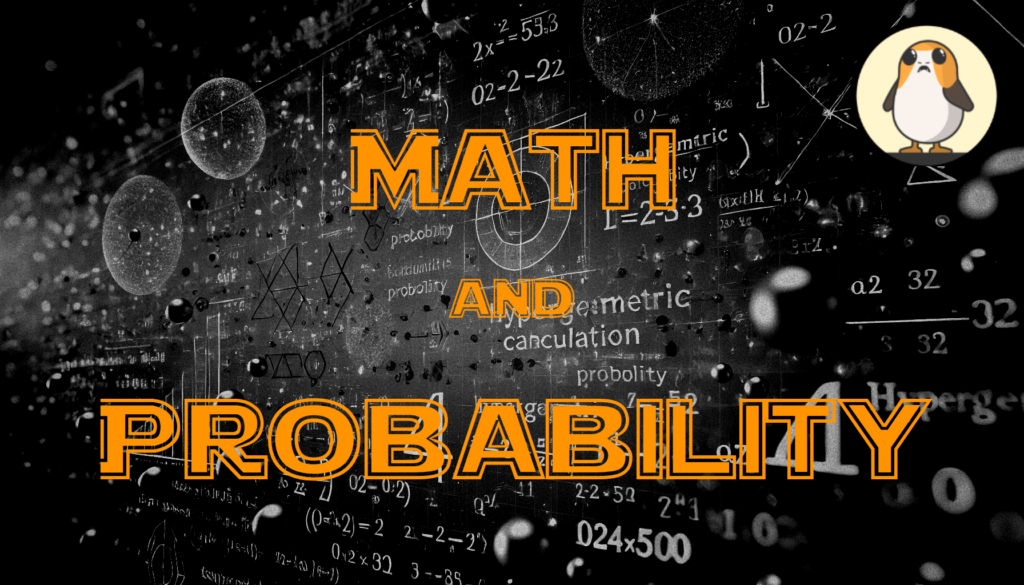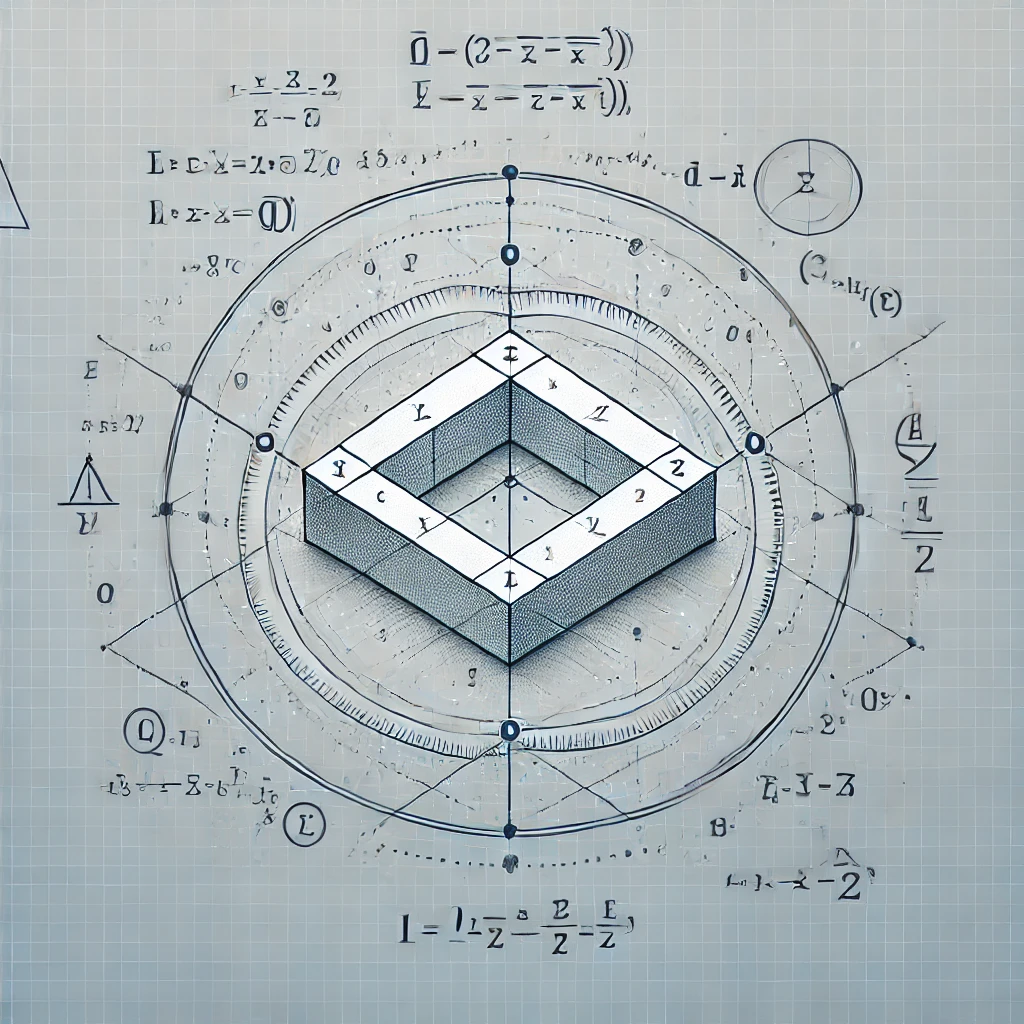Math and Probability in SWU

** If you want to dive straight into an online hypergeometric calculator go here.
There is so much math involved in a card game. The number of cards in a deck, the number of each card that deck contains, the probability of drawing certain things at specific times. In this article, we’ll explore how probability can inform your deck-building decisions and optimize your chances of success.
Whether it’s your opening hand or a critical mid-game draw, the size and composition of your deck directly influence the probability of seeing specific cards. The key to consistent performance lies in balancing the number of “essential” cards in your deck with the total deck size—while keeping the math in your favor.
What Are Hypergeometric Calculations?
With a 50 card deck, drawing one card and having it be any specific single card is simply 1 out of 50, or 2%. Star Wars Unlimited lets us draw 6 cards, mulligan if we don’t like that hand, and we can have up to 3 of any card in the deck, so the math gets tricky quickly.

That’s where hypergeometric calculations come in. They are the backbone of probability calculations in card games and allow you to determine the odds of specific outcomes in scenarios where you’re sampling without replacement, like drawing cards from a shuffled deck. Unlike rolling dice or flipping coins, every card drawn changes the probabilities of future draws because the deck gets smaller.
The actual formulas behind this type of calculation are pretty advanced. If you really want to dive into the weeds, check out this article from Wikipedia.
The key takeaway is that understanding how the number of key cards in your deck and the number of cards you draw impact your chances of getting the cards you need. This insight helps you make informed decisions during deck-building.
The Starting Hand and Mulligan
Let’s break down the probabilities of drawing one copy out of three possible in a deck of 50 cards…
- If your deck has 3 copies of a card and you draw six cards, the probability of drawing at least one of those three copies is 32.43%.
- If you don’t get one in your first hand, the mulligan gives you a second shot, bringing the combined probability of success to 54.34%.
The mulligan increases your chances of drawing that key card, but it doesn’t guarantee success. This is why many competitive players aim to include 10–13 cards in their deck for critical first-turn plays. With this range, the probability of drawing at least one of these cards (with a mulligan) exceeds 90%, making it a reliable strategy.
Drawing On Curve
Another aspect of probability to consider while deck building is the odds of drawing a card on or before the round during which you could play it. For example drawing a 6 cost Wrecker prior to round 5 when you would have the resources in play to actually put him on the board.
A hypergeometric calculation can help us to know that the likelihood of drawing one or more of 3 possible Wreckers on or before round 5 would be 63.57%. It can also tell us that if we have a Wrecker in our opening hand that we use as a resource, there is still a 46.43% chance to draw one of the remaining two Wreckers left in our deck before we could put him into play.
Why Deck Size Matters
Adding even one card above the 50-card minimum decreases your chances of drawing specific cards. This dilution effect can have a surprising impact on consistency. Consider this:
- In a 50-card deck, the probability of drawing at least one of your 3 copies of a card in your starting hand plus mulligan is 54.34%.
- In a 51-card deck, that probability drops slightly, to about 53.57%.
- Add even more card, and the odds continue to shrink.
While the drop from 50 to 51 cards seems minor, the cumulative effect of adding extra cards can hurt your deck’s reliability over a full tournament. That’s why sticking to the minimum deck size is generally considered the best approach unless you have a very specific reason to go beyond 50 cards.
Practical Deck-Building Tips
- Include 10–13 Early Plays: This range ensures you have a reliable chance (over 90% with a mulligan) of drawing at least one early-game card, giving you a strong start.
- Maximize Key Cards: Always include the maximum 3 copies of your most essential cards. This ensures the highest probability of seeing them when you need them.
- Avoid Deck Bloat: Stick to 50 cards unless there’s a compelling reason to add more. Every additional card reduces your chances of drawing your most important cards.
Making the Math Work for You

You don’t need to be a mathematician to leverage these principles. Online calculators and tools can help you quickly determine probabilities for your deck, saving you time while still optimizing your gameplay.
We even have a hypergeometric calculator available on Porg Depot tailored to SWU.
By understanding the basics of hypergeometric probabilities, you can create decks that are not only fun and thematic but also mathematically tuned for success.
Closing Thoughts
The beauty of Star Wars Unlimited lies in its balance of strategy and luck. While the math won’t guarantee victory, it can help you build decks that perform more consistently, putting the odds in your favor. Whether you’re piloting a Rebel fleet or commanding the forces of the Empire, may the math be with you!